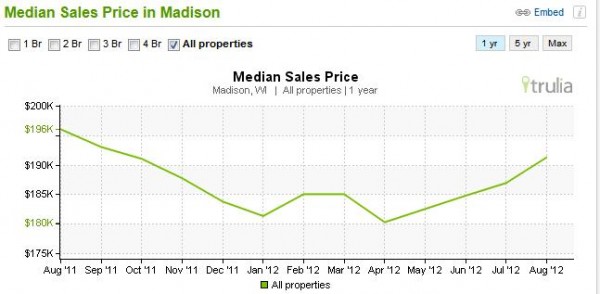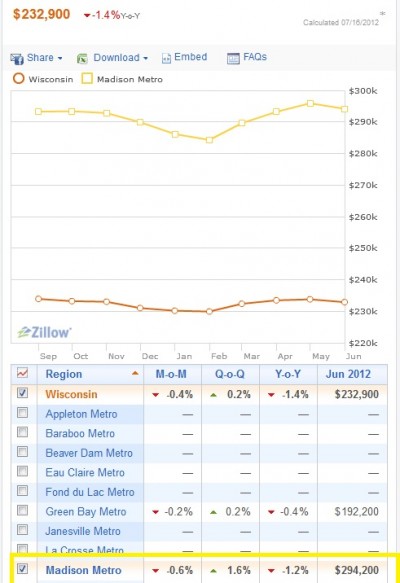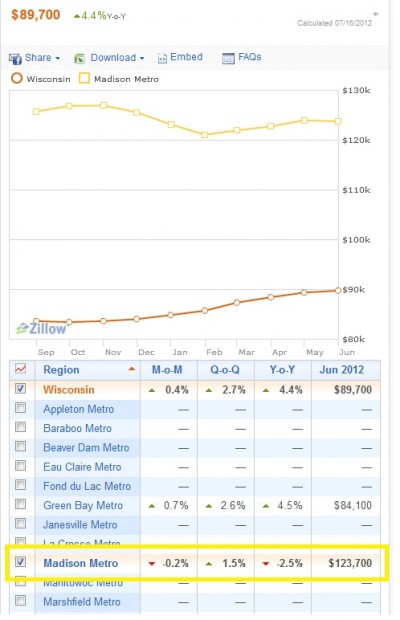GNAR or the Greater Nashville Association of Realtors reported 3,079 home closings were turned in by local Nashville Realtors in May 2014. This is up .6% over May 2013. This is good news because Nashville home sales were actually down 1.2% in March and .5% in April which shows we are definitely trending upwards in time for the summer selling cycle. Keep in mind, before March this year, Nashville home sales hadn’t seen a down month all the way back to June 2011.
The really good news for homeowners is that year to date, home sales of Nashville are up 1.6% during this same period in 2013.
Of course, with sales like this, we should expect to see prices increase and we are. It’s slight increase in prices for both single family and condo sales yet, it’s still affordable for many potential home buyers. On average, a single family home cost $209,900.00 in May which is up from May 2013 where a single family Nashville home would cost you $174,000.00. As for condos, they sold in May for an average of $174,000 which is up from $166,900 in May 2013.
By the time May ended, the MLS saw 3,108 pending sales which is a great sign that June’s numbers will be just as good as May, if not better.
Nashville’s total inventory of homes, condos and lost was at 15,926 for sale by end of May and that’s down from last year where we had 16,760. This means competition for good quality homes is increasing and as the summer season is only starting, we expect summer 2014 to be good for homeowners seeking to sale their Nashville Home
Get your homes value at www.MyNashvilleHomeValues.com







